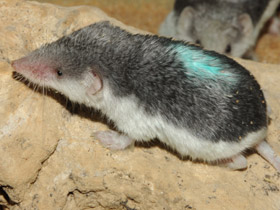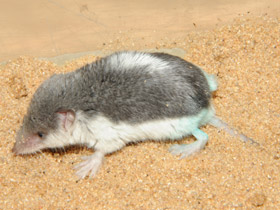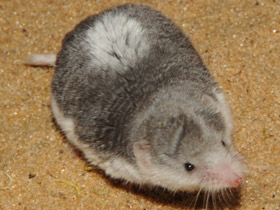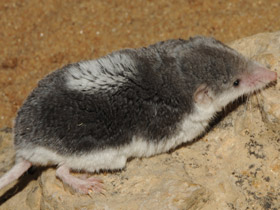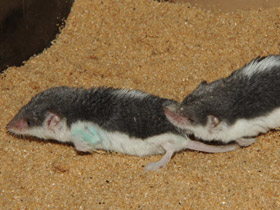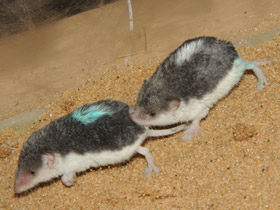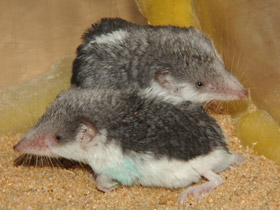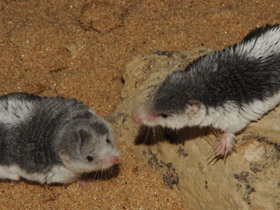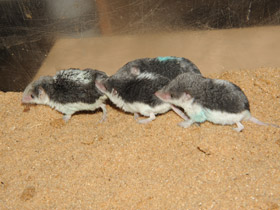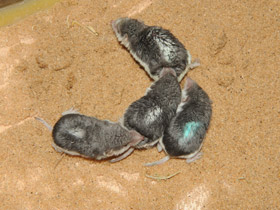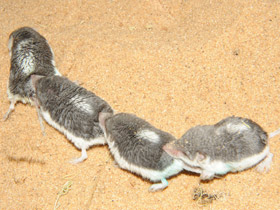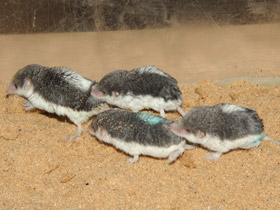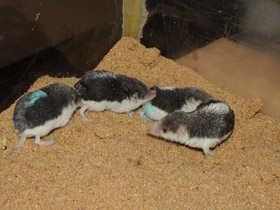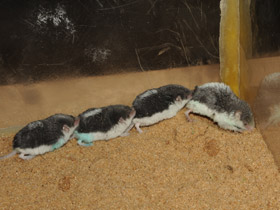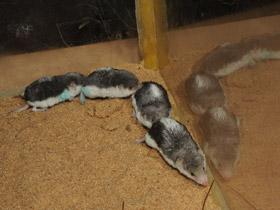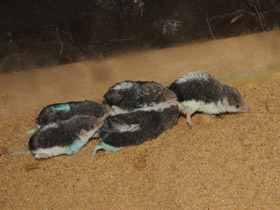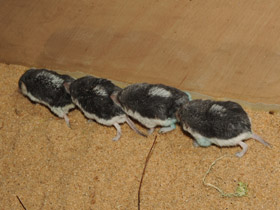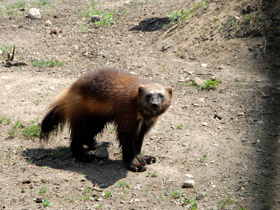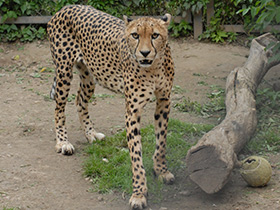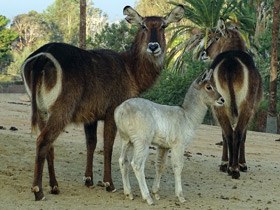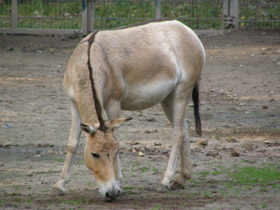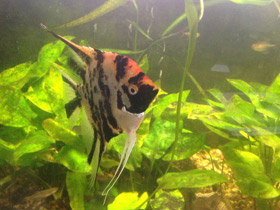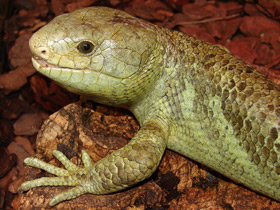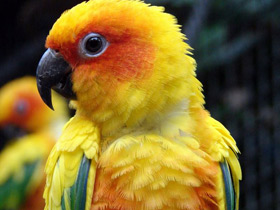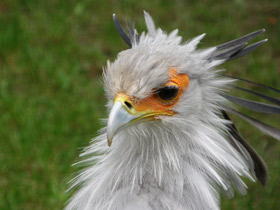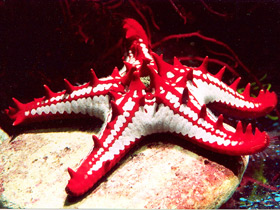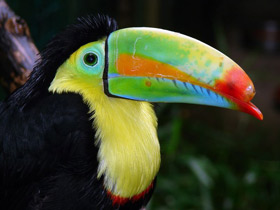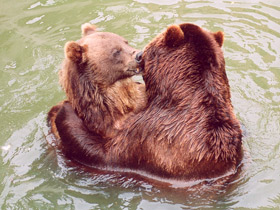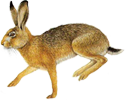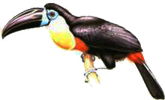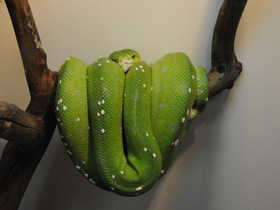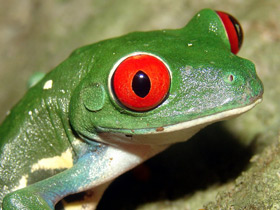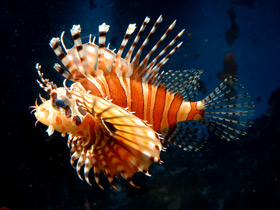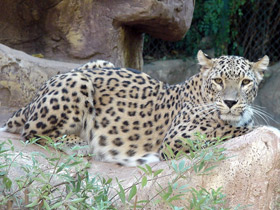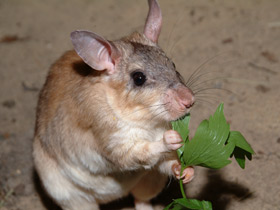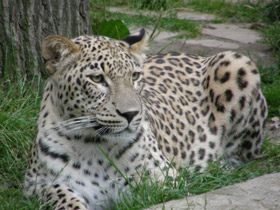The Piebald shrew (Diplomesodon pulchellus)
The piebald shrew (Diplomesodon pulchellus) is a shrew found in the Turan Lowland east of the Caspian Sea in Iran, Turkmenistan and Uzbekistan.
Habitat and lifestyle
Diplomesodon pulchellum is a species of soricomorph mammal in the family Soricidae. It is the only species of its genus.
Diplomesodon pulchellum occurs naturally in semi-deserts and sandy deserts, in areas with unfixed sands and sparse vegetation in Central Asia, Kazakhstan and Russia (Astrakhan province), and everywhere they are extremely rare. Diplomesodon pulchellum spends the day in simple holes that it digs itself, although it may also occupy abandoned rodent burrows, and at dusk it comes out to hunt. The desert-dwelling Diplomesodon pulchellum has adapted to the periodic absence of food and water. Unlike other shrews, it may starve for a time and, under unfavourable conditions, may fall into a state of near torpor.
Social behaviour
Like many other shrews, the female Diplomesodon pulchellum moves her pups through open space in an unusual way - "caravanning": the pups follow the female, grasping the hair at the base of the tail of the one in front. The pups' grip is so tenacious that the whole "caravan" can lift itself off the ground by grasping only the female. At one month of age, young Diplomesodon pulchellum are already able to exist without maternal care, but even as adults, hatchlings sometimes travel in a "caravan".
Taxonomy
It is the only extant member of the genus Diplomesodon. In 2011, A. Cheke described a new and possibly extinct species based on a 19th-century manuscript: Diplomesodon sonnerati (Sonnerat's shrew). It was described again in 2018 to meet certain validity requirements of the ICZN code. The American Society of Mammalogists considers D. sonnerati to be a subspecies of the piebald shrew, if it exists.









